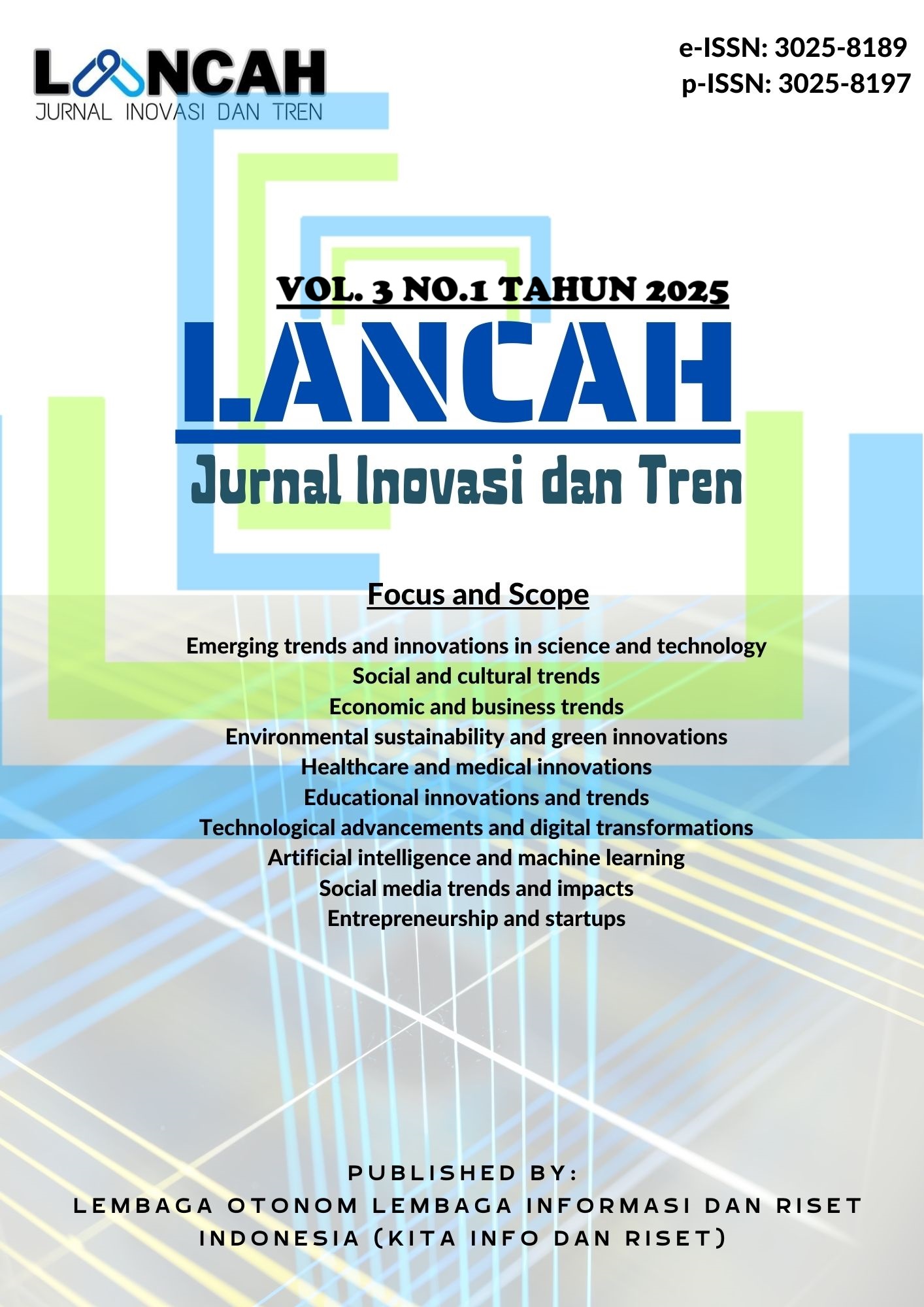Published: 2025-04-17
Advancing Geothermal Resource Assessment Using 3D Gravity Modeling: A Case Study from Kamojang, West Java
DOI: 10.35870/ljit.v3i1.4044
Annisa Vidia Agustin, Early Nabila Dennanti, Meisha Nabilla, Nabilah Bintang Haryan, Ilham Dani
Article Metrics
- Views 0
- Downloads 0
- Scopus Citations
- Google Scholar
- Crossref Citations
- Semantic Scholar
- DataCite Metrics
-
If the link doesn't work, copy the DOI or article title for manual search (API Maintenance).
Abstract
The research was conducted using the gravity method in the Kamojang geothermal manifestation area, West Java. Data was obtained through the Topex website which contains information on latitude, longitude, elevation, and FAA value. The purpose of this research is to determine the density value of subsurface constituent rocks to determine the location of reservoirs and heat sources in the research area. The corrections made are Bouger correction and Terrain correction obtained from the CBA map which is sliced as many as 5 incisions. Calculation of subsurface average mass density using the Parasnis method obtained a density of 2.5882 mGal. Spectrum analysis was performed to determine the regional-residual depth using the moving average method. The regional anomaly contour map shows a range of 15 - 135 mGal. The residual anomaly contour map shows a range of -26 to +28 mGal with more complex results. Modeling results using Grav3D with a mesh value of 500 show a density range of 1.6752 - 3.1712 gr/cm³ with an altitude of 600 - 2000 m and a thickness of 1400 m. Zones with high density values between 2.9219 - 3.1712 gr/cm³ are indicated as heat source areas with volcanic rocks such as lava to basalt igneous rocks. Medium density values in the range of 2.4232 - 2.6722 gr/cm³ are indicated as boundary zones which are interpreted as basement in the caprock of the study area with igneous rocks surrounding the boundary zone. The low density zone with a value of 1.6752 - 2.1732 gr/cm³ is indicated as a reservoir zone with sedimentary rocks composed of pyroclastic rocks and breccias.
Keywords
Geothermal ; Gravity method ; 3D modelling ; Kamojang ; Geophysic
Article Metadata
Peer Review Process
This article has undergone a double-blind peer review process to ensure quality and impartiality.
Indexing Information
Discover where this journal is indexed at our indexing page to understand its reach and credibility.
Open Science Badges
This journal supports transparency in research and encourages authors to meet criteria for Open Science Badges by sharing data, materials, or preregistered studies.
How to Cite
Article Information
This article has been peer-reviewed and published in the LANCAH: Jurnal Inovasi dan Tren. The content is available under the terms of the Creative Commons Attribution 4.0 International License.
-
Issue: Vol. 3 No. 1 (2025)
-
Section: Articles
-
Published: %750 %e, %2025
-
License: CC BY 4.0
-
Copyright: © 2025 Authors
-
DOI: 10.35870/ljit.v3i1.4044
AI Research Hub
This article is indexed and available through various AI-powered research tools and citation platforms. Our AI Research Hub ensures that scholarly work is discoverable, accessible, and easily integrated into the global research ecosystem. By leveraging artificial intelligence for indexing, recommendation, and citation analysis, we enhance the visibility and impact of published research.




Annisa Vidia Agustin
Geophysical Engineering Departement, Lampung University, Bandar Lampung, Indonesia
Early Nabila Dennanti
Geophysical Engineering Departement, Lampung University, Bandar Lampung, Indonesia
Nabilah Bintang Haryan
Geophysical Engineering Departement, Lampung University, Bandar Lampung, Indonesia

This work is licensed under a Creative Commons Attribution-NonCommercial-ShareAlike 4.0 International License.
Authors who publish with this journal agree to the following terms:
1. Copyright Retention and Open Access License
Authors retain copyright of their work and grant the journal non-exclusive right of first publication under the Creative Commons Attribution 4.0 International License (CC BY 4.0).
This license allows unrestricted use, distribution, and reproduction in any medium, provided the original work is properly cited.
2. Rights Granted Under CC BY 4.0
Under this license, readers are free to:
- Share — copy and redistribute the material in any medium or format
- Adapt — remix, transform, and build upon the material for any purpose, including commercial use
- No additional restrictions — the licensor cannot revoke these freedoms as long as license terms are followed
3. Attribution Requirements
All uses must include:
- Proper citation of the original work
- Link to the Creative Commons license
- Indication if changes were made to the original work
- No suggestion that the licensor endorses the user or their use
4. Additional Distribution Rights
Authors may:
- Deposit the published version in institutional repositories
- Share through academic social networks
- Include in books, monographs, or other publications
- Post on personal or institutional websites
Requirement: All additional distributions must maintain the CC BY 4.0 license and proper attribution.
5. Self-Archiving and Pre-Print Sharing
Authors are encouraged to:
- Share pre-prints and post-prints online
- Deposit in subject-specific repositories (e.g., arXiv, bioRxiv)
- Engage in scholarly communication throughout the publication process
6. Open Access Commitment
This journal provides immediate open access to all content, supporting the global exchange of knowledge without financial, legal, or technical barriers.
